Wasps and bees come in all different varieties, shapes, and colors, but there are several that are most commonly seen in Maryland. During the summer months, you will probably notice many different kinds of stinging insects flying around, whether you’re working in the garden or hanging out by the pool.
Knowing how to identify different types of bugs will help you determine which are more dangerous to you and your loved ones, so you can avoid getting stung this summer. Here are some of the most common wasps and bees in Maryland, as well as some helpful tips to protect yourself from stings.
Common Wasps in Maryland
Paper Wasps
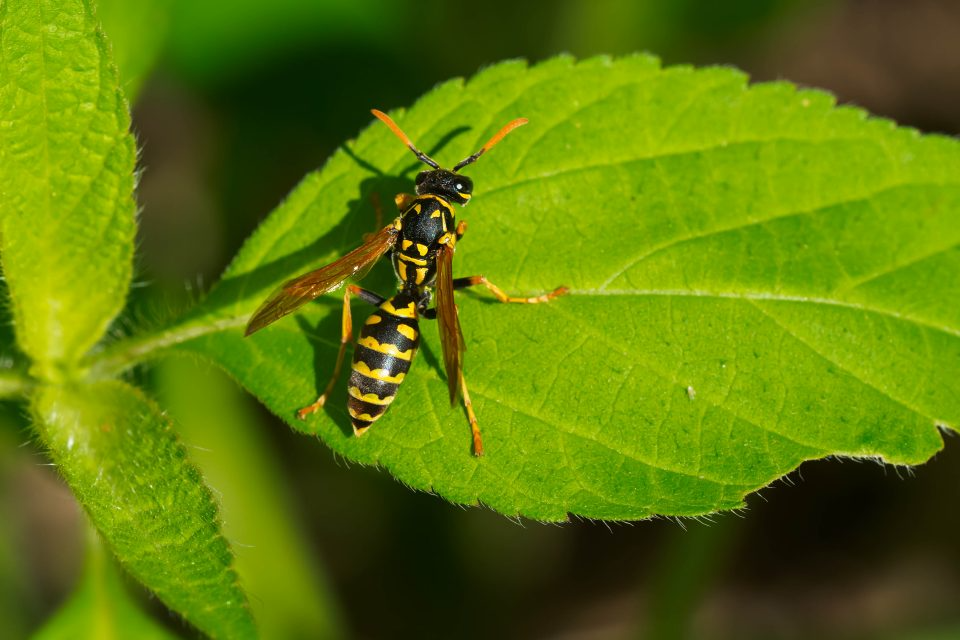
Paper wasps are slender stinging insects with long, thin legs and pinched waists. They can be best identified by the way their legs dangle underneath them when flying. They live in umbrella-shaped nests and typically retreat to their nests at night.
Bald-Faced Hornets
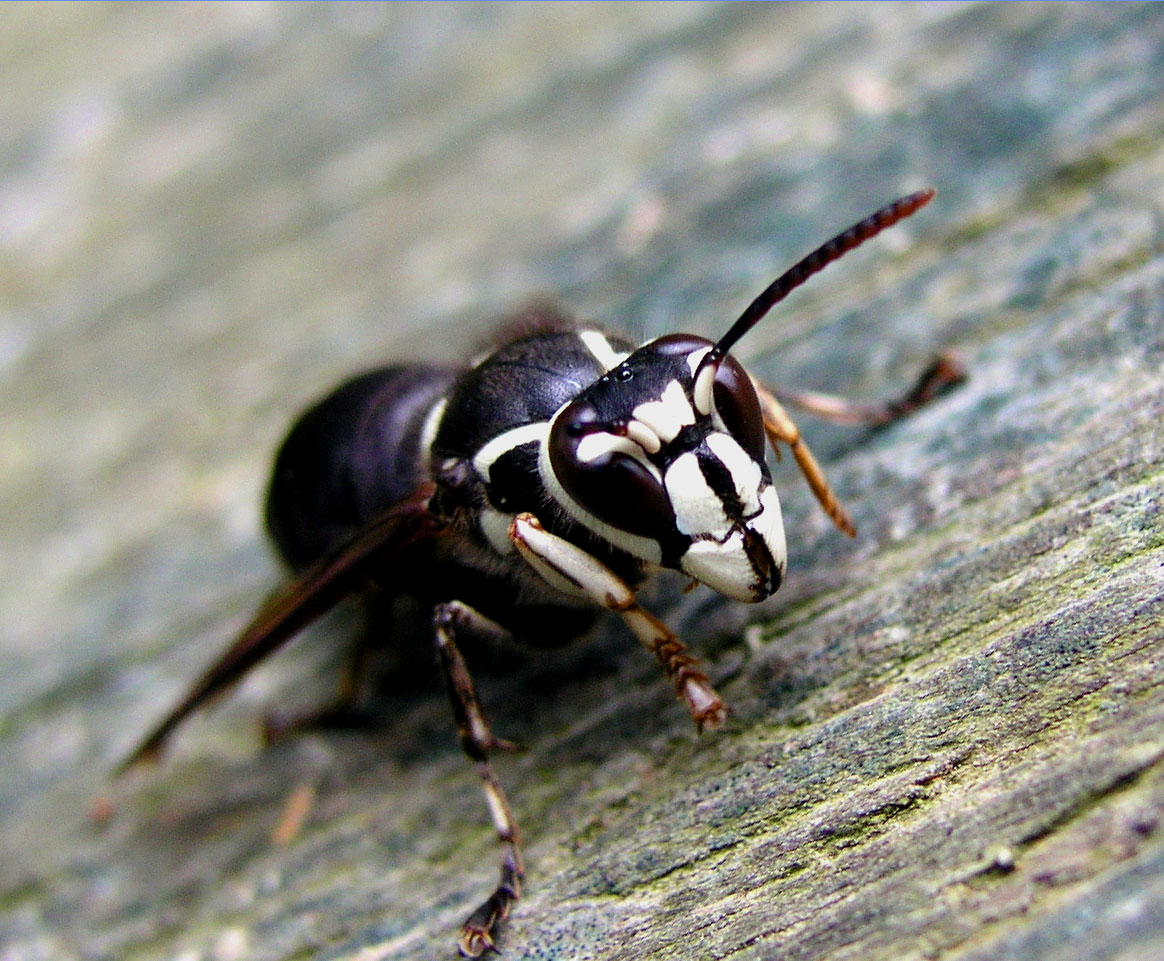
Bald-faced hornets are some of the more aggressive hornets and are known to sting more than once. Bald-faced hornets are black in color and have an off-white pattern on their faces, thorax, and end of their abdomen.
European Hornets
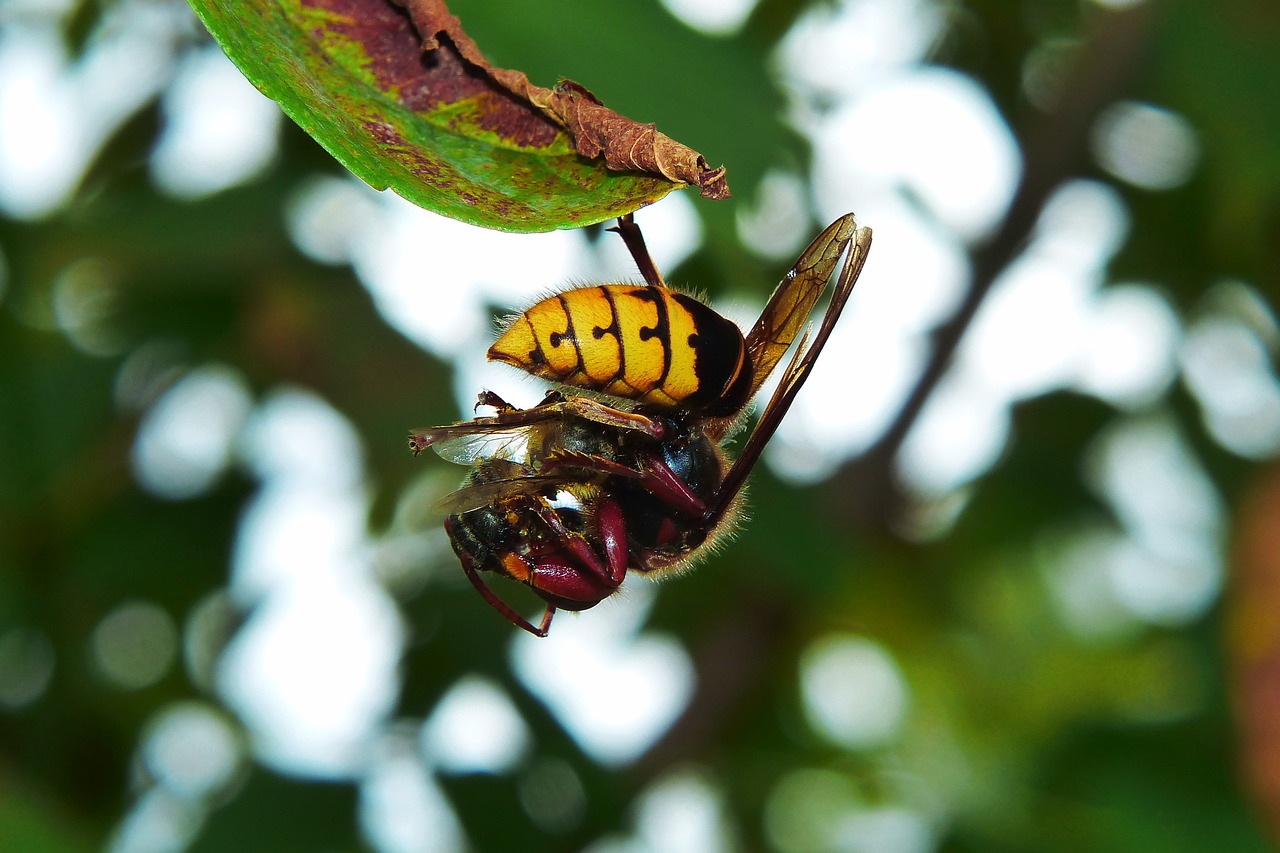
European hornets are the largest wasps native to Europe, but don’t be intimidated by their size. European hornets are not known to be aggressive toward humans unless provoked and are typically more active at night when they are hunting.
Yellow Jackets
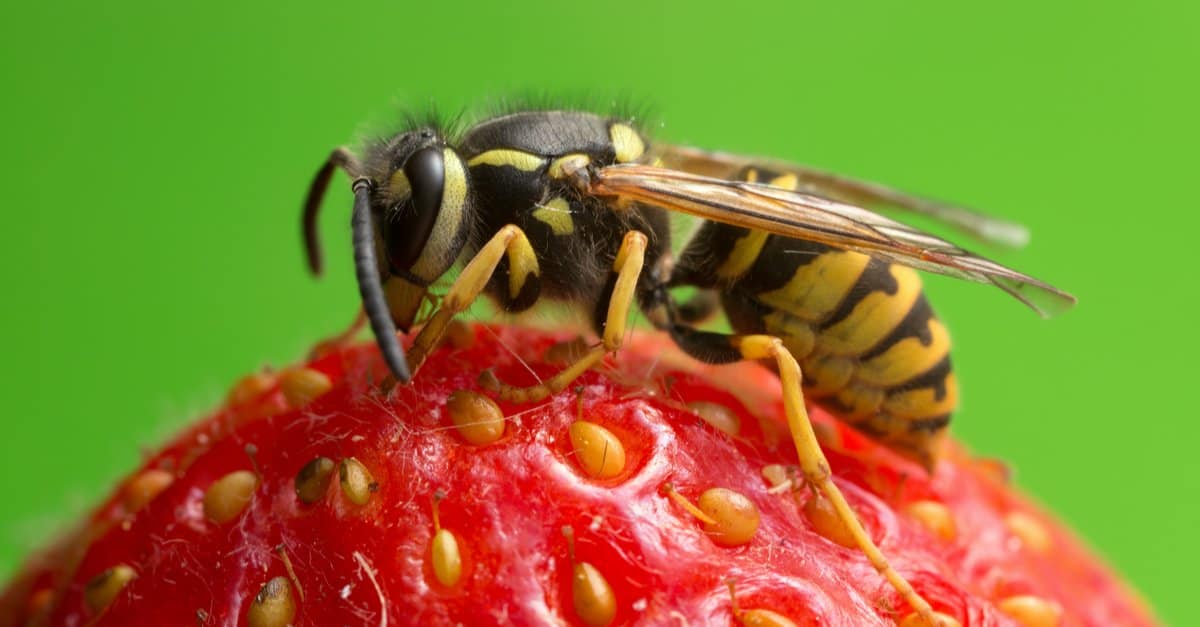
Like bald-faced hornets, yellow jackets are also known to be aggressive to humans and can sting repeatedly, potentially causing an allergic reaction in those unlucky enough to be stung. Yellow jackets have a distinct look, with a bold yellow and black striped pattern and segmented, hairless bodies.
Mud Daubers
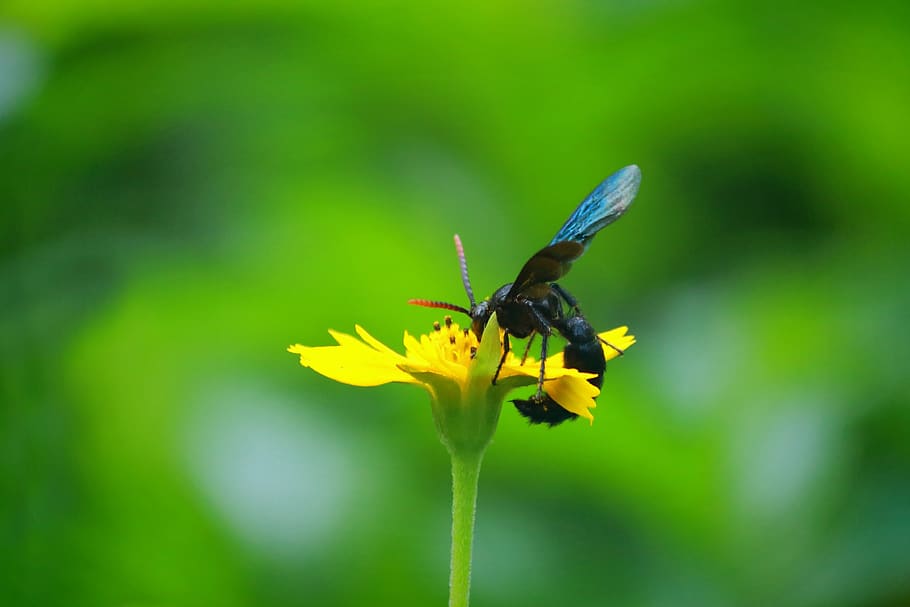
Mud daubers are lesser-known compared to other types of wasps, as they travel alone to build mud nests. Mud daubers have a unique appearance and are usually black in color with very thin “thread waists,” which refers to the long segment between the thorax and abdomen.
Common Bees in Maryland
Honey Bees
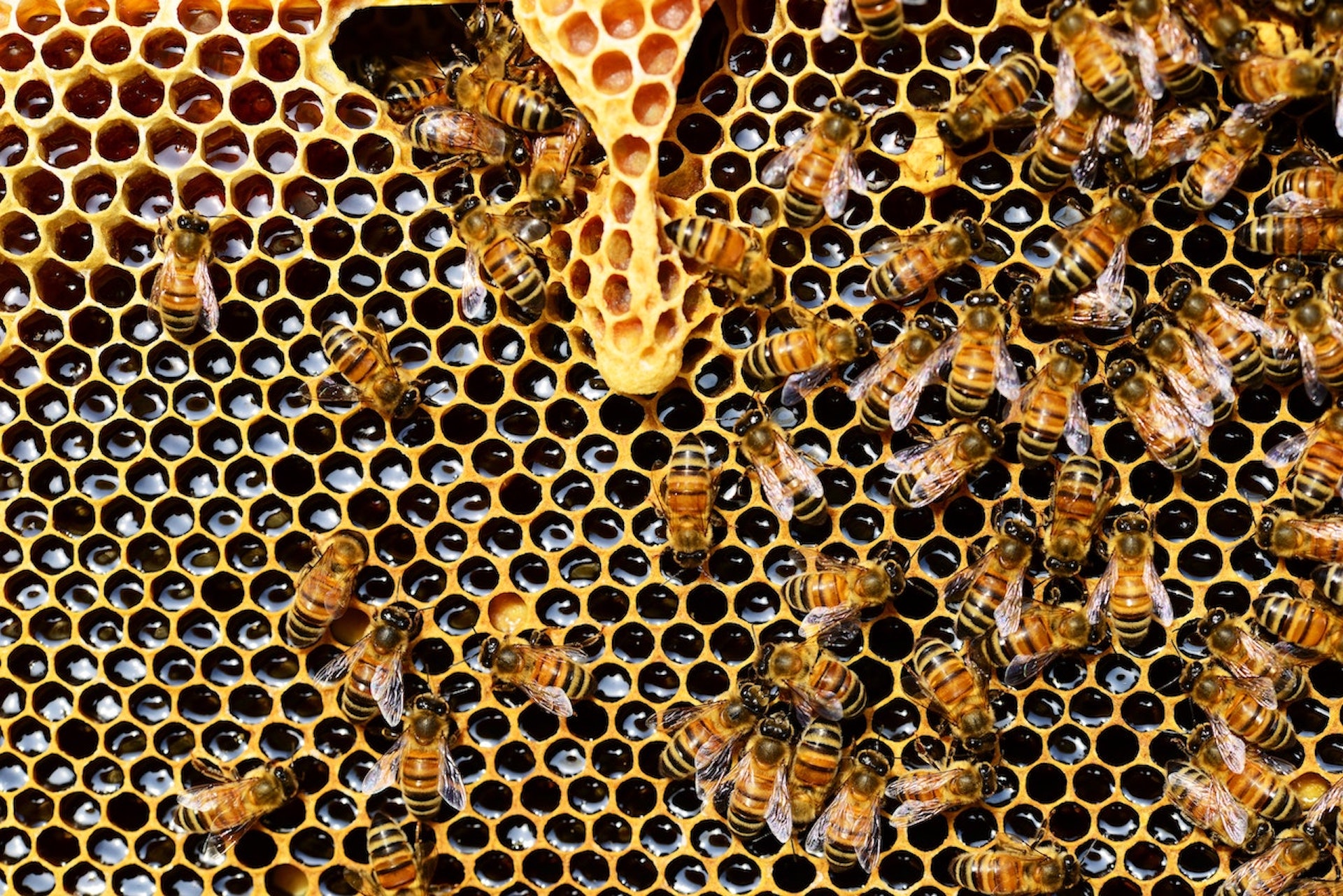
Honey bees have thick, oval-shaped bodies and are dark brown in color with yellow stripes. Honey bees are some of the best known pollinators and pollinate billions of dollars worth of crops each year. Honey bees are typically calm insects and will usually only sting if provoked.
Carpenter Bees
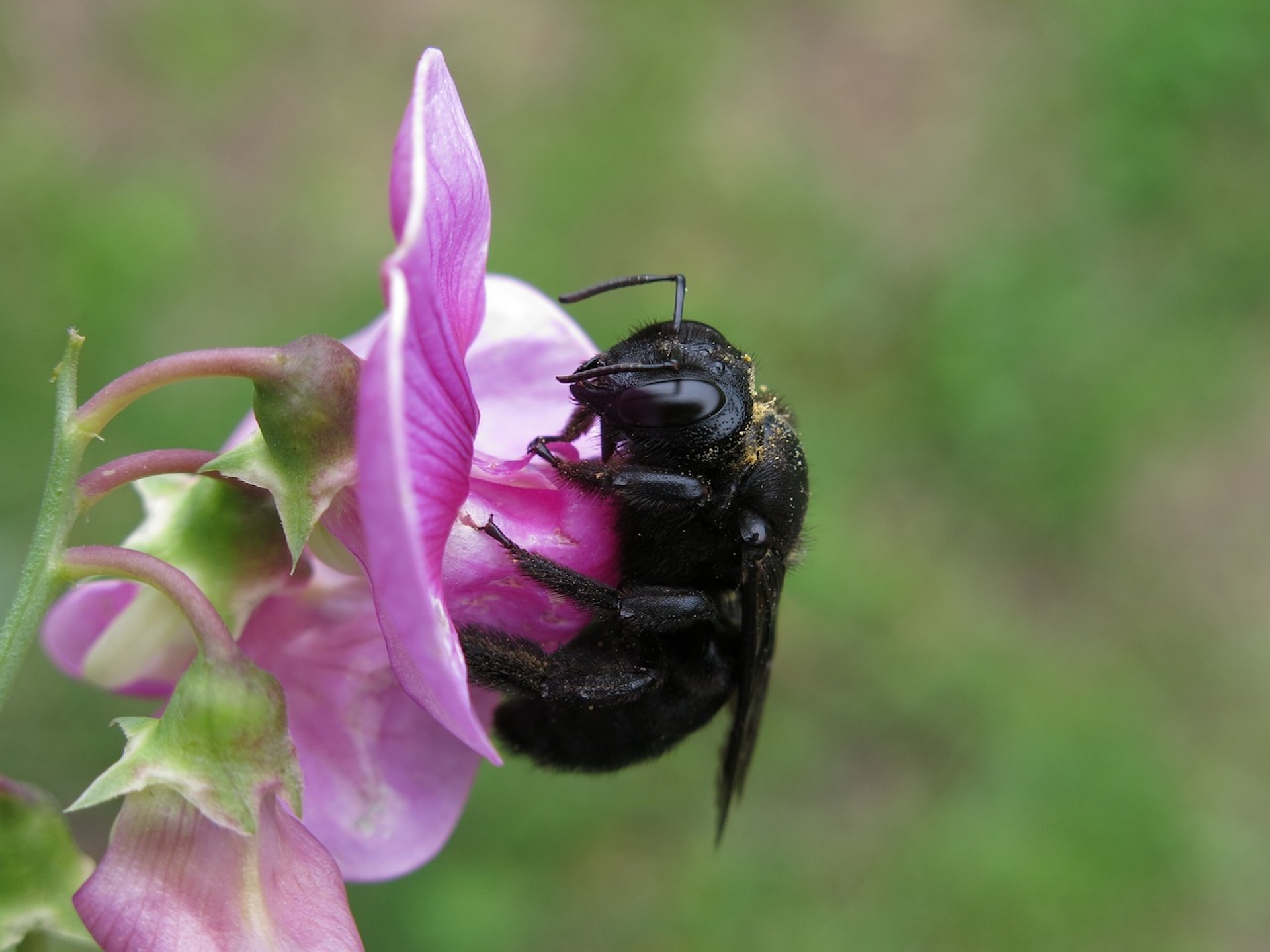
Carpenter bees have large, round bodies with smooth, black abdomens. Like honey bees, carpenter bees are pollinators, but they can also cause a lot of damage to wooden structures by boring into wood to create nests.
Bumblebees
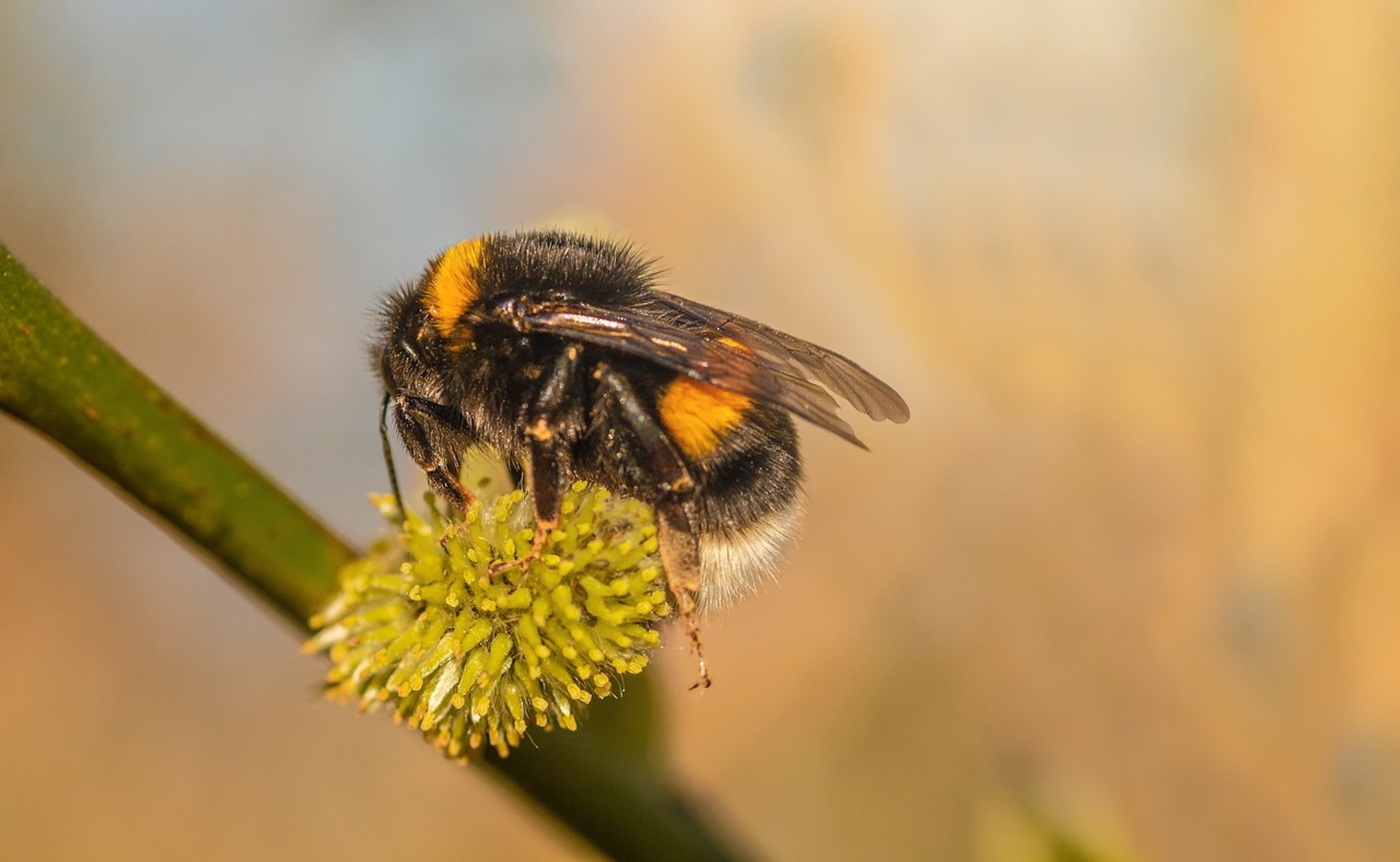
Bumblebees are round-bodied and have black and yellow hair covering their bodies. They are known to be some of the more friendly bees and will typically only sting if provoked. Bumblebees are important pollinators and pollinate wildflowers and crops, making them some of our biggest environmental allies.
How to Get Rid of Stinging Insects in Maryland
While there is no clear-cut way to get rid of stinging insects for good, partnering with an experienced pest control company is your best bet at protecting you and your loved ones from getting stung. A pest control professional will be able to assess the situation to determine what kind of stinging insect you’re dealing with and will come up with a plan to safely and effectively remove these pests from your property.
Tips to Protect Yourself from Stings
There are several things you can do to protect yourself from being stung by a stinging insect, including:
- Not using strongly-scented soaps, shampoos, and perfumes when spending time outdoors
- Wearing clean clothing and bathing daily
- Wearing light-colored clothing
- Not walking barefoot outside
- Steering clear of bee and wasp nests
- Keep calm if approached by a stinging insect
FAQs
Are bee stings dangerous?
While most people who are stung by a bee won’t experience severe side effects other than pain at the site of the sting, bee stings can be dangerous for people with an allergy. Between 5 and 7.5% of Americans have a sensitivity to insect stings, and many are at risk of anaphylactic shock if stung.
Are wasp stings dangerous?
Similarly to bee stings, wasp stings are not typically dangerous to many people except for those with an insect sting sensitivity. Wasps are also known to sting their victims multiple times, as they are able to pull out their stingers without injuring themselves.
Are wasps good for gardens and homes?
Although the sight of a wasp can be frightening for many people, these stinging insects are actually good for gardens. Wasps are important pollinators and pollinate flowers, fruit trees, and garden crops. Wasps can also be beneficial for homeowners, as they eat other household pests, including flies and crickets.

